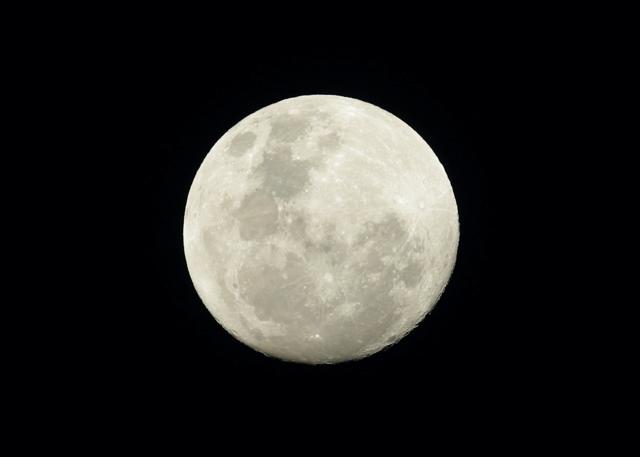Supermoon watchers, here’s our guide to spot the sight
On November 14 evening, be prepared to gaze at the ‘supermoon’, a phenomenon which occurs when the full moon passes closest to Earth. This is the closest supermoon since 1948 and another one like this will occur only in 2034. Here’s our guide.
If there is one thing you must do today, it is to make sure you get a good look at the moon. More specifically, the 14% bigger, 30% brighter ‘supermoon’.

Supermoons are a sight to behold but the November 14 one is extra special because this is the closest the full moon has been to Earth since 1948. In fact, if you miss today’s supermoon, another one like it will only come by in 2034.
Before you prepare to do some moongazing, here are a few questions answered:
What is a supermoon?
The moon’s moves in an elliptical orbit around the Earth, not a circular one. This means that at times, it is closer to our planet and at times, farther away. The point when the moon is closest to Earth is called ‘perigree’ and when it is farthest is called ‘apogee’.
The moon goes through different phases such as a full moon, crescent, half-moon etc. So, when the two conditions coincide – that is, a full moon passes closest to earth – astronomers call it the supermoon.
What’s ‘super’ about it?
Well, since it is closest to Earth, the moon appears larger in diameter and shines 30 per cent brighter. To the naked eye, the difference is really not that remarkable. The moon’s larger-than-usual appearance does bring higher tides.
So, if there’s a supermoon, is there a micromoon as well?
Yes, there is! When the moon is at the apogee, that is, the farthest away from Earth in its orbit, it is called a micromoon. In fact, astronomers often take photos of the supermoon and the micromoon with the same set-up to highlight the difference.
What’s the best time to view it?
According to NASA, the moon will be at perigee at 6:22 am EST and full moon will occur at 8:52 am EST on November 14. For India, this means the moon will be closest to Earth around 5:30 pm while the full moon will occur around 7:22 pm.
What are the best places to view it from?
Viewing the moon from a dark place adds to the charm, since you won’t have electric lights competing with its brightness. If you’re near a beach, an optical illusion will make the moon appear much larger near the horizon. A desert is also a good place to take in the breathtaking view, but if you are stuck in the city, go to the roof of a tall skyscraper for a better view.
How do I take a photo?
You can download an app to help you track the progress of the moon. Bill Ingalls, NASA’s senior photographer has tips for you. “Don’t make the mistake of photographing the moon by itself with no reference to anything,” he says. “I’ve certainly done it myself, but everyone will get that shot. Instead, think of how to make the image creative—that means tying it into some land-based object. It can be a local landmark or anything to give your photo a sense of place.”
What if I miss this supermoon?
Don’t worry. A bigger moon than this will only appear in 2034, but 2016 has another supermoon in store for you on December 14.




